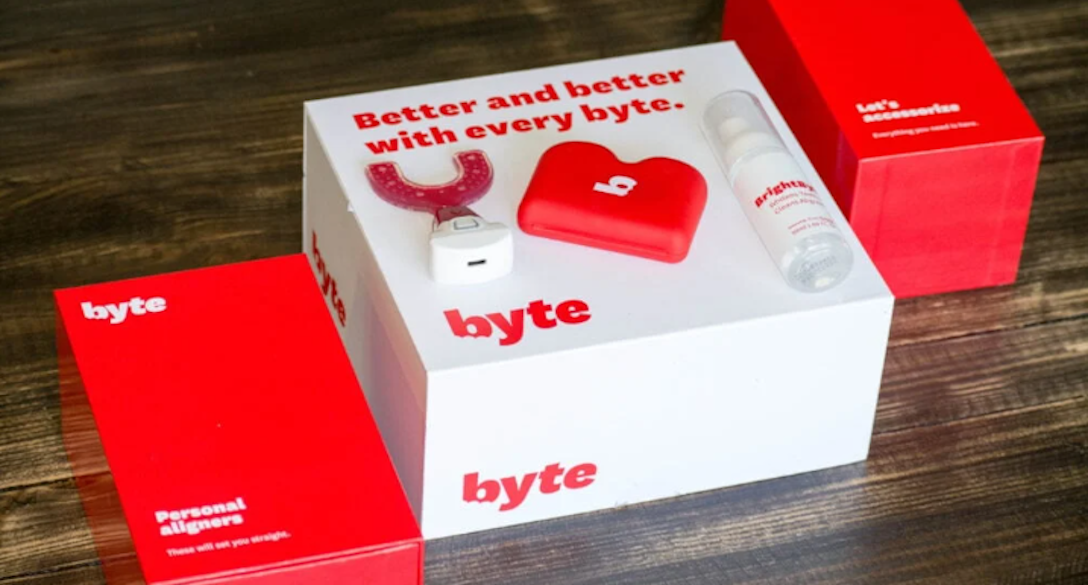What Happened to Byte? Explore Safe, Reliable Aligner Alternatives

What Happened to Byte? Explore Safe, Reliable Aligner Alternatives
In recent years, Byte quickly became a household name, promising Australians easy access to fast, affordable smile transformations through mail-order aligners. However, in late 2024, Byte suddenly suspended its operations, leaving thousands of users uncertain about their ongoing treatments and out-of-pocket expenses. Today, confusion remains widespread, prompting consumers to seek reliable information on safer orthodontic alternatives available in 2025.
In this article, we'll clearly explain Byte’s collapse and guide you toward trustworthy aligner solutions to protect your smile, health, and finances.
What Byte Promised
Byte attracted a massive following by offering orthodontic treatments directly to consumers, promising rapid tooth straightening at significantly lower prices than traditional orthodontic care. Aggressive advertising highlighted convenience, speed (treatments as short as 3–4 months), and affordability—without regular dental visits.
A detailed analysis of Byte’s shutdown shows that while these promises drew huge attention, they also led to concerns regarding the quality and safety of unsupervised treatments.
Timeline of the Collapse
Byte’s troubles became public in October 2024 when parent company Dentsply Sirona announced a voluntary halt to Byte aligner sales due to compliance and safety issues. This abrupt move left patients stranded mid-treatment and triggered widespread confusion over refunds and incomplete aligner deliveries.
In the weeks that followed, online forums and social media filled with user complaints. Questions about legal action and reimbursement procedures surfaced, intensifying consumer frustration and highlighting the pitfalls of direct-to-consumer dental treatments.
Risks of Mail-Order Aligners
Byte’s situation illustrates broader issues with mail-order aligner services, primarily due to a lack of direct professional supervision. The American Association of Orthodontists recently highlighted significant risks associated with unsupervised aligner treatments, including:
- Incorrect tooth movements leading to permanent bite issues.
- Gum irritation, enamel damage, or tooth loss from improperly fitting aligners.
- Inadequate treatment planning due to missing in-person dental evaluations.
On the other hand, advances like 3D printing technology enabling custom aligners are now providing safer and more personalised orthodontic solutions, demonstrating that professional oversight remains crucial even with technology-driven treatments.
Safe Aligner Alternatives in 2025
Fortunately, despite Byte’s collapse, Australians seeking discreet orthodontic care still have reliable, safe, and professional options available. In-clinic aligner treatments like Invisalign continue to lead the market by providing direct oversight from qualified orthodontists or dentists. Regular face-to-face appointments help ensure correct tooth movements, manage treatment progress, and quickly address any potential problems.
Additionally, hybrid treatment models—which combine remote monitoring technology with periodic in-person visits—are gaining popularity. They offer convenience without sacrificing critical professional supervision.
Australians also have access to smaller local aligner providers, many offering customised treatments and personalised patient care. These businesses emphasise direct consultations and professional guidance, making them safer alternatives for those wary of mail-order risks.
For an in-depth look at several recommended providers, this recent guide outlines safe aligner alternatives after Byte’s collapse, helping you confidently choose the right solution.
How to Choose a Trustworthy Provider
Selecting a reliable aligner provider can seem daunting, especially after Byte’s fallout. To confidently choose your next aligner provider, follow this straightforward checklist:
Checklist for Vetting a Provider:
- Dentist or Orthodontist Credentials: Always verify that your provider has appropriate qualifications and professional registrations.
- Transparent Costs & Terms: Ensure all costs and refund policies are clearly explained before beginning treatment.
- Independent Reviews: Check trusted sources and reviews from previous patients, such as this comprehensive review of clear Invisalign braces.
- Clear Treatment Plan: Demand a clear and detailed treatment plan, outlining expected outcomes, risks, and follow-up care.
Following these guidelines significantly reduces your risk and ensures safer, more predictable orthodontic results.
Your Next Steps After Byte
Byte’s collapse highlights the risks consumers face when convenience overshadows quality and professional oversight. Moving forward, the safest approach is always to combine professional advice with careful consideration of your options.
By prioritising orthodontic providers who offer transparent processes, expert oversight, and strong reputations, Australians can achieve their desired smiles without compromising health, quality, or peace of mind.

